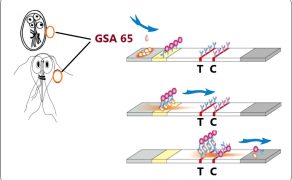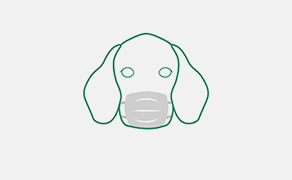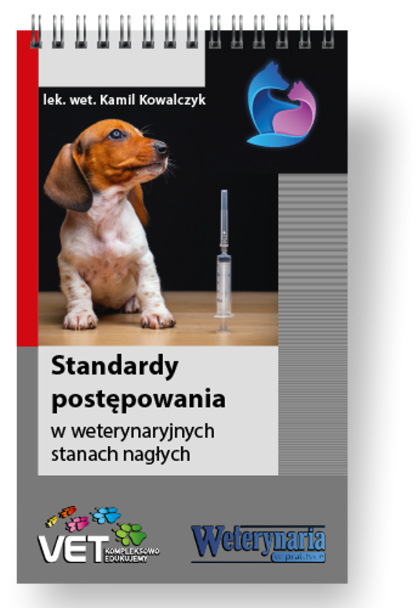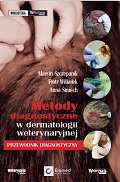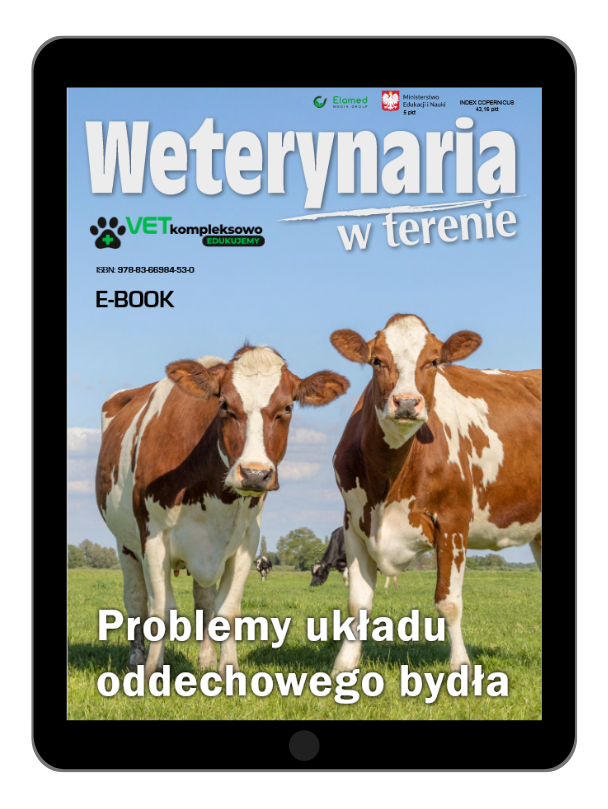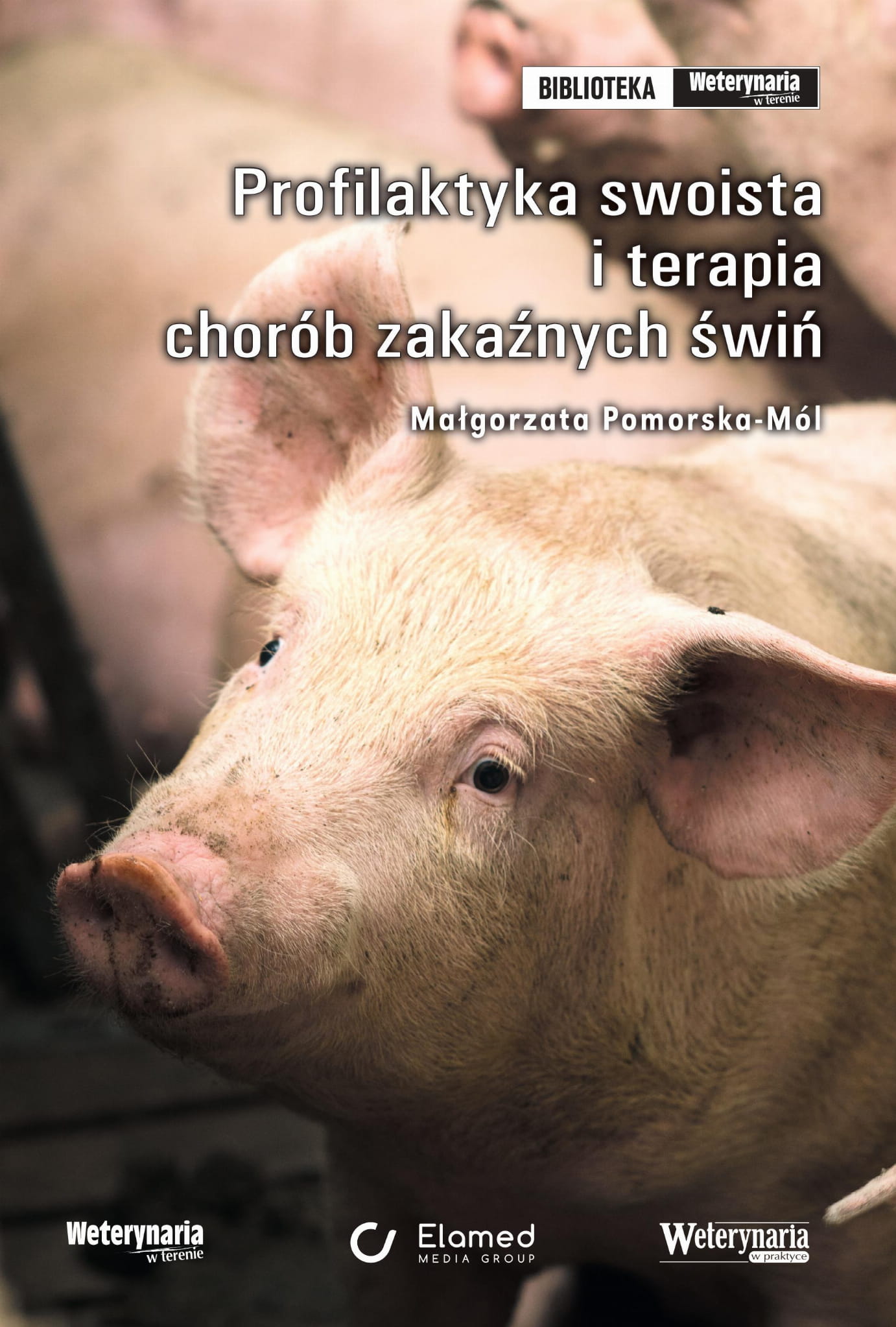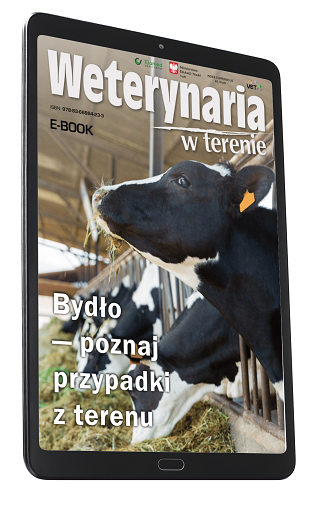Badania laboratoryjne w diagnostyce chorób układu pokarmowego u psów i kotów. Cz. I
Laboratory testing for gastrointestinal diseases in dogs and cats. Part I
Gastrointestinal (GI) diseases in dogs and cats are common. They pose a diagnostic challenge for the clinician due to their non-specific and overlapping clinical signs. Several specialized laboratory procedures are available for the diagnostic workup of patients with signs of gastrointestinal disease. These tests include serum markers of gastrointestinal function and inflammation, and the analysis of samples for infectious agents. These tests are useful to diagnose diagnosis disease and assess severity, and can be used before proceeding to more invasive test procedures. An initial database for GI disease assessment consists of hematology, serum biochemistry, and urinalysis. This may allow the exclusion of systemic and metabolic disorders, and the assessment of hydration status. Furthermore, testing serum T4 concentrations and feline leukemia virus (FeLV) and feline immunodeficiency virus (FIV) status should also be performed in cats with chronic signs of gastrointestinal disease.
Diagnostic imaging (i.e., ultrasonography and radiography) should be considered for evaluation of patients for obstructions or neoplasia. Endoscopic examination of the gastrointestinal tract is provides information about macroscopic lesions and allows assessment of histological changes of the mucosa. However, histological interpretation of biopsy specimens can be highly variable between individual pathologists (1).
Detection of bacterial pathogens
Specific enteropathogens (e.g., Clostridium perfringens, C. difficile, Salmonella spp., Escherichia coli, Campylobacter spp.,) are potential causes of gastrointestinal disease in dogs and cats. However, most of these enteropathogens are also commensals in the GI tract, and because they are typically isolated at similar frequencies from diseased and non-diarrheic animals, the clinical interpretation is often difficult. Therefore, testing for the presence of ...
Dostęp ograniczony.
Pełen dostęp do artykułu tylko dla zalogowanych użytkowników z wykupioną subskrypcją.
zaloguj sięlub
zarejestruj sięMogą zainteresować Cię również
Znajdź swoją kategorię
2643 praktycznych artykułów - 324 ekspertów - 22 kategorii tematycznych
Weterynaria w Terenie

Weterynaria w Terenie – wydanie nr 2/2024 już dostępne!
W oddanym w ręce Czytelników numerze znajdziecie Państwo większość artykułów poświęconych bydłu, ale zawiera on także treści dotyczące świń i koni. Tematem sezonu niniejszego numeru „Weterynarii w Terenie” jest praca zbiorowa przedstawicieli Szkoły Głównej Gospodarstwa Wiejskiego w Warszawie i Uniwersytetu Przyrodniczego w Poznaniu przedstawiająca różne oblicza mastitis u krów mlecznych. Rosnąca antybiotykooporność mikroorganizmów wymusza nowe […]
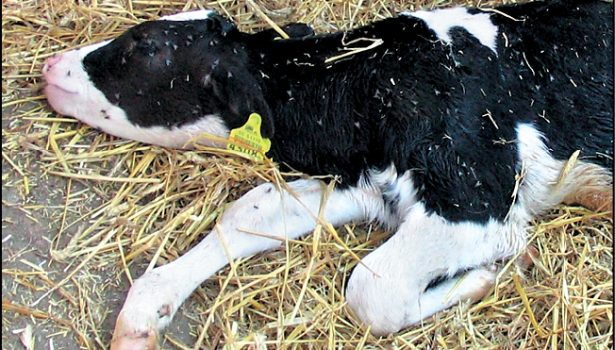
Posocznica cieląt wywołana przez E. coli. Kolisepticemia
Zapobieganie W przypadku zachorowań na kolisepticemię należy brać pod uwagę przede wszystkim dwa czynniki: niski poziom immunoglobulin w surowicy krwi oraz system odchowu cieląt sprzyjający zakażeniom patogennymi szczepami E. coli (14, 17, 18). Wiele czynników ma wpływ na transfer immunoglobulin siarowych. Jednak najważniejszą rolę odgrywają czas, w jakim zostanie podana siara po urodzeniu, oraz ilość […]

Niezakaźne przyczyny chorób kończyn u świń
Problem kulawizn u loch Kulawizny u loch są, tuż po problemach w rozrodzie, najważniejszą przyczyną brakowań loch z dalszej hodowli. Najwięcej przypadków obserwuje się w okresie od odsadzenia do momentu porodu. Bardzo często schorzenia kończyn są rejestrowane u pierwiastek lub u loch po drugim porodzie, a więc w okresie, kiedy wchodzą one w najbardziej wydajny […]

Grypa koni – najnowsze doniesienia w zakresie profilaktyki
Piśmiennictwo AAEP Equine Influenza Guidelines, 2017. DOI: https://aaep.org/guidelines/vaccination-guidelines/risk-based-vaccination-guidelines/equine-influenza). Daly J.M., Murcia P.R.: Strategic implementation of vaccines for control of equine influenza. „Equine Vet Journal”, 2018, 50 (2), 153-154. Gamoh K., Nakamura S.: Update of inactivated equine influenza vaccine strain in Japan. „J Vet Med Sci.”, 2017, 79 (3), 649-653. Paillot R.: A Systematic Review of […]

Wskazówki na wypadek widocznego niepowodzenia terapii antybiotykowej. Kryteria skutecznej terapii oraz kluczowe pytania jako 5 kroków drzewa analitycznego
Czynniki powiązane z użyciem antybiotyku w terapii: Czy wybór antybiotyku opierał się na badaniach klinicznych i dodatkowych (diagnoza, antybiogram)? Sprawdź odpowiedź na pytanie 3. Farmakokinetyka/farmakodynamika wybranego antybiotyku? Koncentracja i czas działania antybiotyku w zakażonej tkance a efektywność w stosunku do czynnika bakteryjnego wywołującego chorobę (spektrum działania antybiotyku, wrażliwość z antybiogramu – odpowiedzi na pytanie 3.). […]

Czarno na białym – mastitis okiem praktyka – rozmowa z dr. n. wet. Sebastianem Smulskim
Rozmowa z dr. n. wet. Sebastianem Smulskim, pracownikiem Uniwersytetu Przyrodniczego w Poznaniu, specjalistą w dziedzinie profilaktyki i leczenia mastitis u krów, który w swoich badaniach zgłębia tematykę zapalenia gruczołu mlekowego u bydła, zarówno w aspekcie naukowym, jak i praktycznym. Większość zapaleń gruczołu mlekowego ma etiologię bakteryjną. Dlaczego, pomimo rozwoju mikrobiologii, medycyny weterynaryjnej i prowadzonych badań, […]

XVIII FORUM ZOOTECHNICZNO-WETERYNARYJNE: NOWE HORYZONTY W ROZRODZIE ZWIERZĄT
Na Uniwersytecie Przyrodniczym w Poznaniu w dniach 18-19 kwietnia br. odbyło się XVIII Forum Zootechniczno-Weterynaryjne pod hasłem „Rozród zwierząt w dobie selekcji genomowej”. To wydarzenie zgromadziło liczne grono lekarzy weterynarii oraz hodowców, by omówić najnowsze osiągnięcia w dziedzinie hodowli i rozrodu zwierząt. Organizacja Forum była wspólnym przedsięwzięciem Poznańskiego Koła Polskiego Towarzystwa Zootechnicznego, Wielkopolskiego Oddziału Polskiego […]


